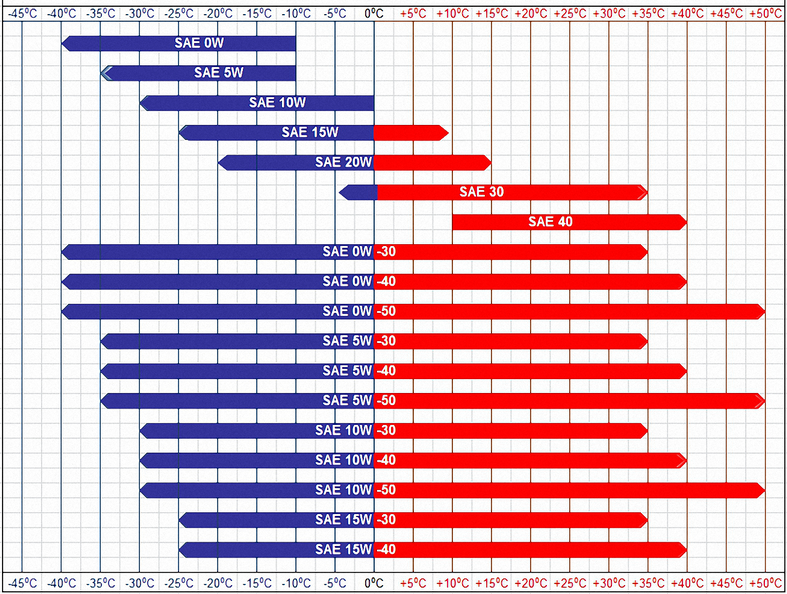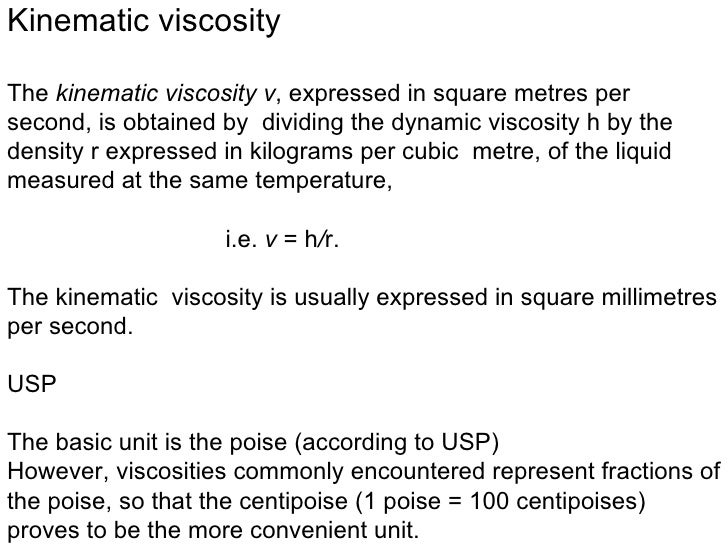

In ISO 8217 the reference temperature for a residual fluid is 100 oC. The viscosity of a fluid is highly temperature dependent - and for dynamic or kinematic viscosity to be meaningful the reference temperature must be quoted. Kinematic viscosity of common liquids and fluidsĪ conversion from absolute to kinematic viscosity in Imperial units can be expressed as.A more exact kinematic viscosity for water at 20.2 oC (68.4 oF) is 1.0038 mm 2/s (cSt). The specific gravity for water at 20.2 oC (68.4 oF) is almost one, and the kinematic viscosity for water at 20.2 oC (68.4 oF) is for practical purpose 1.0 mm 2/s (cStokes). Since the Stoke is a large unit it is often divided by 100 into the smaller unit centiStoke (cSt) - where Stoke comes from the CGS (Centimetre Gram Second) unit system. In the SI-system the theoretical unit of kinematic viscosity is m 2/s - or the commonly used Stoke (St)where Μ = absolute or dynamic viscosity (N s/m 2) Kinematic viscosity can be obtained by dividing the absolute viscosity of a fluid with the fluid mass density like Kinematic viscosity is the ratio of - absolute (or dynamic) viscosity to density - a quantity in which no force is involved. Absolute or Dynamic Viscosity of common Liquids.Absolute (Dynamic) Viscosity - Online Converter.Water at 20.2 oC (68.4 oF) has the absolute viscosity of one - 1 - centiPoise. 1 cP = 0.01 poise = 0.01 gram per cm second = 0.001 Pascal second = 1 milliPascal second = 0.001 N s/m 2.

1 poise = 1 dyne s/cm 2 = 1 g/(cm s) = 1/10 Pa s = 1/10 N s/m 2įor practical use the Poise is normally too large and the unit is therefore often divided by 100 - into the smaller unit centipoise (cP) - where.1 Pa s = 1 N s/m 2 = 1 kg/(m s) = 0.67197 lb m/(ft s) = 0.67197 slug/(ft s) = 0.02089 lb f s/ft 2ĭynamic viscosity may also be expressed in the metric CGS (centimeter-gram-second) system as g/(cm s), dyne s/cm 2 or poise (p) where.In the SI system the dynamic viscosity units are N s/m 2, Pa s or kg/(m s) - where

(1) can be rearranged to express Dynamic viscosity as The shearing stress between the layers of a non turbulent fluid moving in straight parallel lines can be defined for a Newtonian fluid asĮquation (1) is known as the Newtons Law of Friction. Dynamic (absolute) viscosity is the tangential force per unit area required to move one horizontal plane with respect to an other plane - at an unit velocity - when maintaining an unit distance apart in the fluid. There are two related measures of fluid viscosityĪbsolute viscosity - coefficient of absolute viscosity - is a measure of internal resistance.


 0 kommentar(er)
0 kommentar(er)
